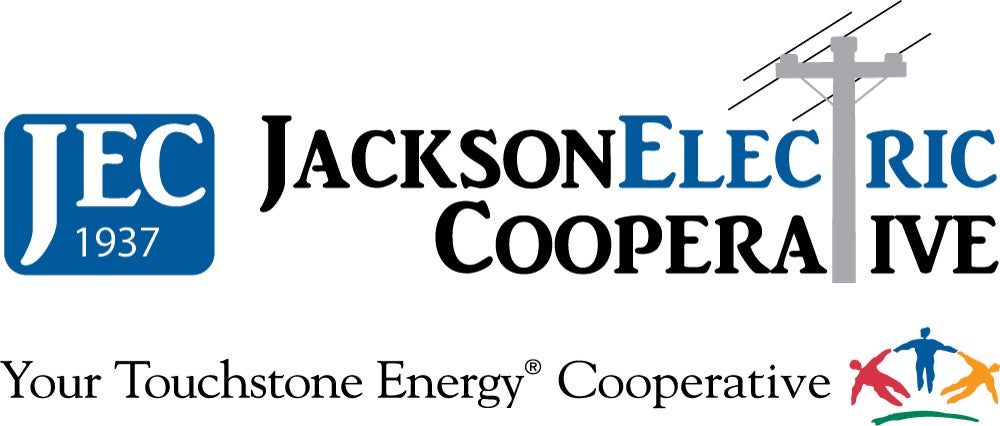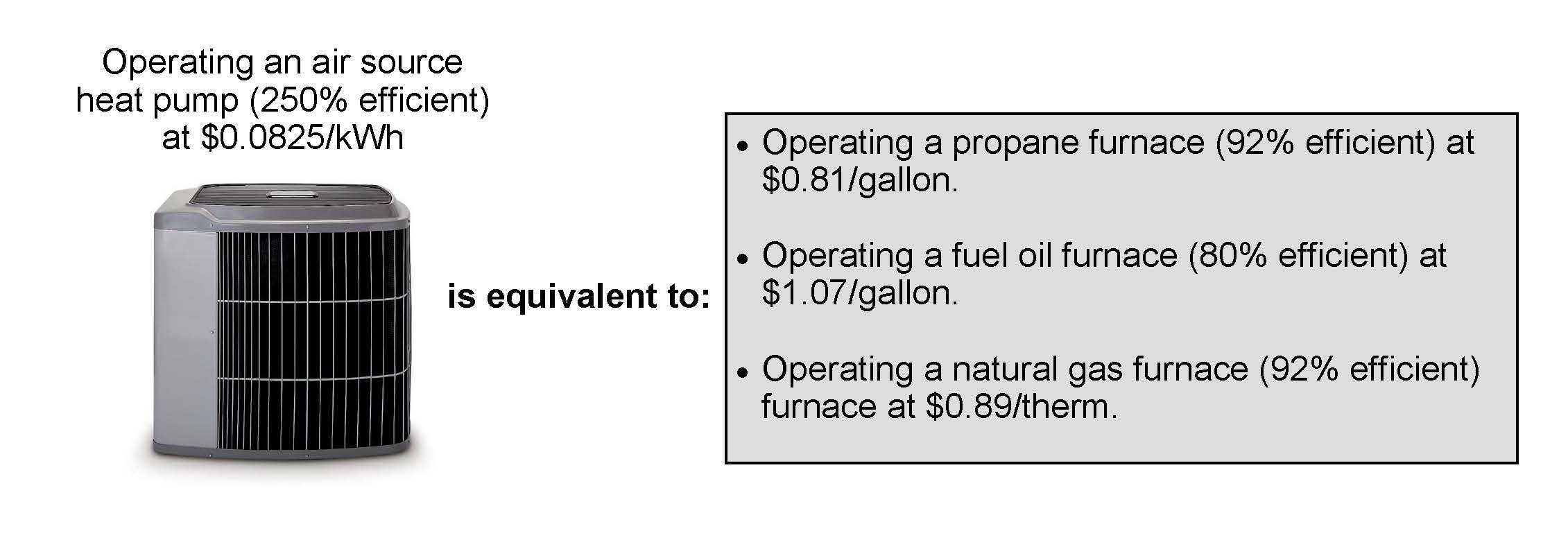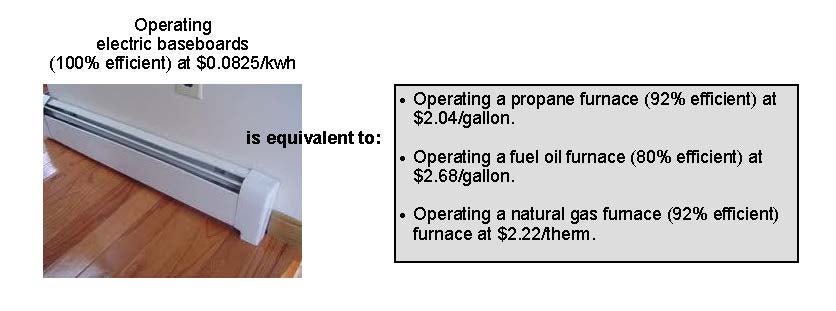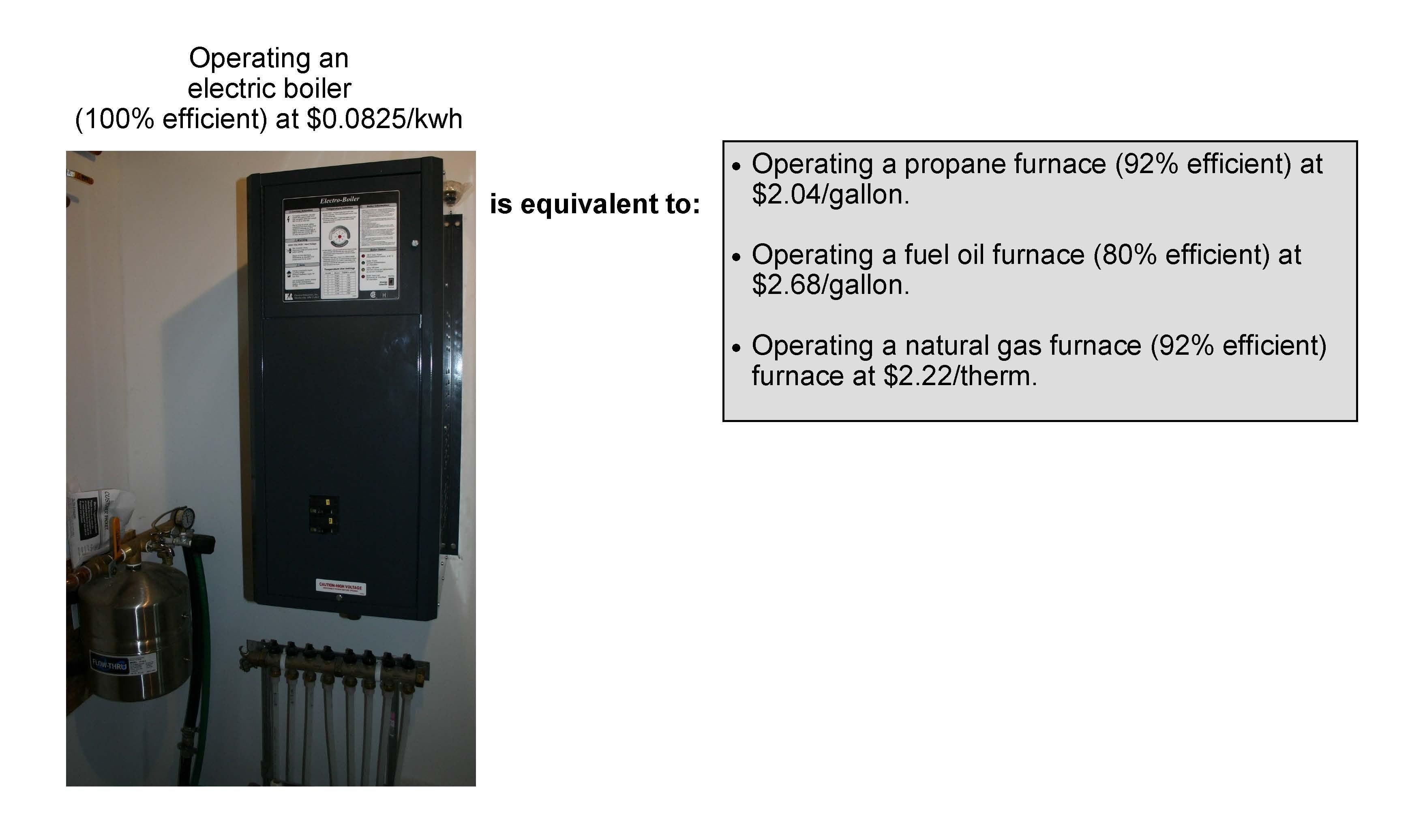Why Heat Your Home With Electric?
Not only is electric heat a safe, clean and comfortable way to heat your home, but it also provides savings when you utilize Jackson Electric Cooperative's dual fuel program. Electric resistance heat is very competitive with other fuel sources and is a very affordable way to heat your whole house or other areas that you find are difficult to keep warm.

Load Management Program is Changing
Jackson Electric’s load management program is receiving an important update. For many years, the program has relied on receivers that communicate with our power supplier by radio signal to help control electric water heaters and heating or cooling systems during times of high electricity demand (also called peak alerts). These receivers are being phased out and replaced with newer models that operate on a cellular network.
What does this mean for you?
Every member who participates in our load management program will eventually need a new receiver. To begin this project, we are starting with members on the dual fuel program.
Dual fuel members will be contacted by email or automated phone call with instructions to schedule their appointment for a receiver replacement.
Next Steps
- Dual fuel members: Watch for an email or automated call from Jackson Electric with instructions to schedule your appointment for a new receiver.
- All other load management participants: We’ll contact you in the future when it’s time to replace your receiver.
- Each participant will be required to complete a Load Management Program Participation Agreement and Release of Liability.
- Want to explore TOU or leaving dual fuel? Call us at 715.284.5385 (press 3 for operations) to discuss your options.






